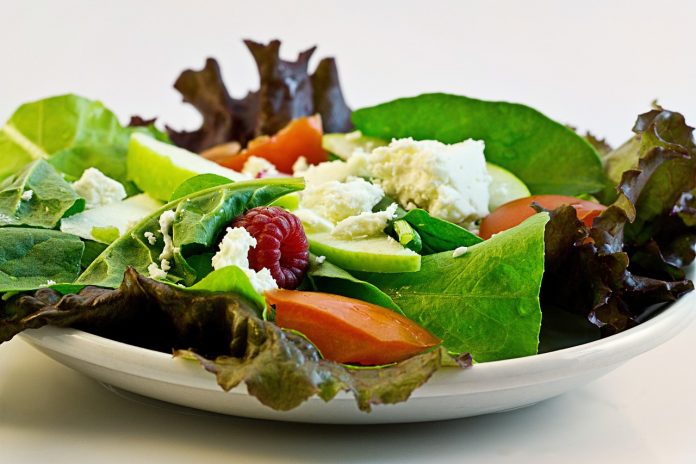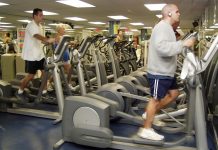
Research has found that exercise, when combined with a calorie-controlled eating plan, helps increase the amount of body fat burned, and helps maintain lean tissue. Lean tissue is your muscles, organs, and bones. Lean tissue burns more calories than fat because lean tissue performs more work than fat. Fat just sits there waiting for a famine, which never happens, in order to release stored fat.
Exercise also increases your basal metabolic rate for up to 15 hours after exercising. Your basal metabolic rate (BMR) is the number of calories your body burns, laying in bed at rest, just to keep all your organs functioning. Getting up and walking, standing, sitting doing your activities of daily living burns calories above your BMR. Exercise will increase the number of calories you burn over just doing your daily activities of living and BMR combined.
Exercise increases your endorphins or feel good me hormones. This is what helps sustain an exercise program.
Exercise helps to suppress your appetite for food. That is if you exercise correctly. You need to exercise at a rate that increases your heart rate and breathing, but not to a point where you can’t catch your breath or talk.
Your body can run on three basic fuels: blood glucose (sugar); stored glycogen in liver and muscles; stored fat. However, glucose is the only body fuel that can be burned without oxygen, which is called anaerobic metabolism. Unless carbohydrates and oxygen are available (aerobic metabolism), your body won’t completely burn body fat and will produce ketones. While your body prefers to run on glucose, it can run on body fat burned incompletely to ketones.
As long as you are able to take in enough air to carry on a conversation and have food carbohydrates as fuel, you can burn body fat completely. If you can’t carry on a conversation, you can’t carry enough oxygen to burn body fat. When you exercise too intensely and are short of breath, glucose is the fuel that you burn. When your blood sugar gets low, a gland called the hypothalamus sends a message to your brain that you are hungry and need to eat. So the next time you exercise and feel hungry, you exercised too hard and lowered your blood sugar to the point where your brain told you to eat.
Exercise also helps fight depression. Your brain produces a hormone (endorphins) that gives you a good feeling. Exercise helps increase the amount of this hormone. It is the body’s natural “feel good me”. Exercise helps make me feel good about me which encourages me to continue exercising.
Many people accumulate excess weight because they don’t adjust their food intake, but decrease their physical activity. This can be age-related and called inertial weight gain. Most 20+-year-old people still eat as if they are a teen, but don’t realize that they sit around a lot more.
Establish a regular plan of exercise that you enjoy. Start with 15 minutes per day in the first week for 5 days. The second week increases to 30 minutes, 45 minutes the third week and 60 minutes the fourth week. Maintain a schedule of exercise 5 days per week for 60 minutes each day. There does not seem to be an additional benefit to exercising 7 days, so take 2 days off.
When you exercise, time is important, not distance traveled. Work on exercising about 60 minutes per day enough to break a sweat. The longer you exercise, the higher the amount of body fat you burn. Your body switches from burning glucose to burning fat after approximately 20 minutes of aerobic exercise.
Choose an exercise you enjoy as long as it uses your large muscle groups in your legs or back. You are more likely to regularly repeat exercises you like to do. In spite of what some exercise gimmick ads tell you, a machine can’t exercise for you. However, NASA is working on an experimental model now for astronauts whose muscles and bones become weak during space travel.
Think of ways you can increase your level of exercise. Increase your regular activity level by parking your car 2 blocks from your destination. This seems simple, yet even people at a health club will race to the closest parking spot. Take the stairs instead of an elevator or escalator. Walk up the stairs at a regular pace and remember to breathe in and out while climbing. Carry your own groceries out of the store rather than using the drive up the door. Carrying grocery bags is similar to weight lifting!
Having an active and a busy lifestyle is not the same as exercising. Exercise benefits health by reducing fat, stress, and depression.



